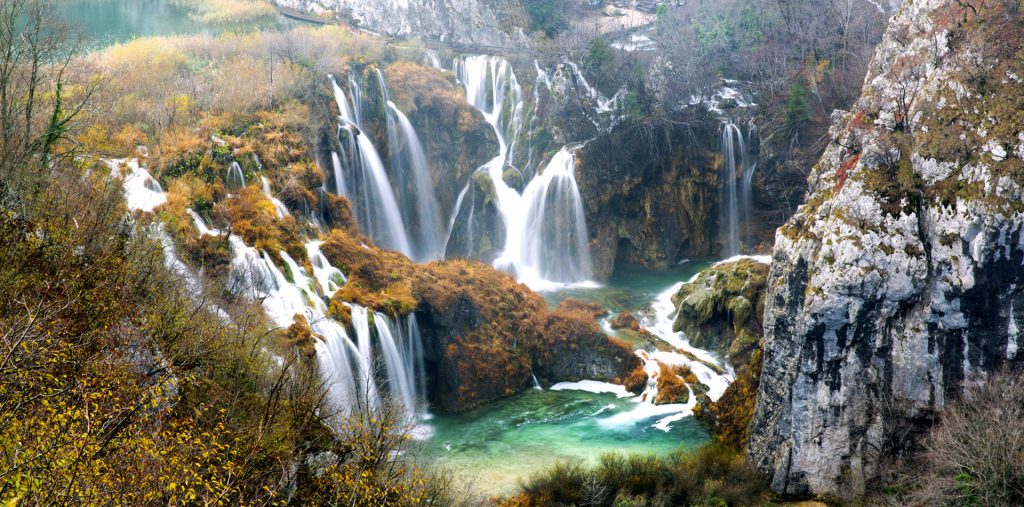
The national park consists of 16 lakes that overflow and pour one into another in an airline of 5460 m. The lakes are divided into Upper Lakes and Lower Lakes. Upper lakes are: Prošćansko jezero, Ciginovac, Okrugljak, Batinovac, Veliko jezero, Malo jezero, Vir, Galovac, Milino jezero, Gradinsko jezero, Veliki Burget and Kozjak. Lower Lakes are: Milanovac, Gavanovac, Kaluđerovac and Novakovića Brod. The lakes are filled with water from the rivers Crna (= black) and Bijela (= white) and their tributaries, and the river Rječica with its tributaries. There are many sources and all are very rich with water. These are typical karst springs that developed at faults of various geological forms. The biggest lake is Kozjak with the surface of 81,5 ha, while its depth of 47 m makes it also the deepest lake. Lake Prošćansko is the second largest lake that extends from the south to north in the length of 2,5 km.
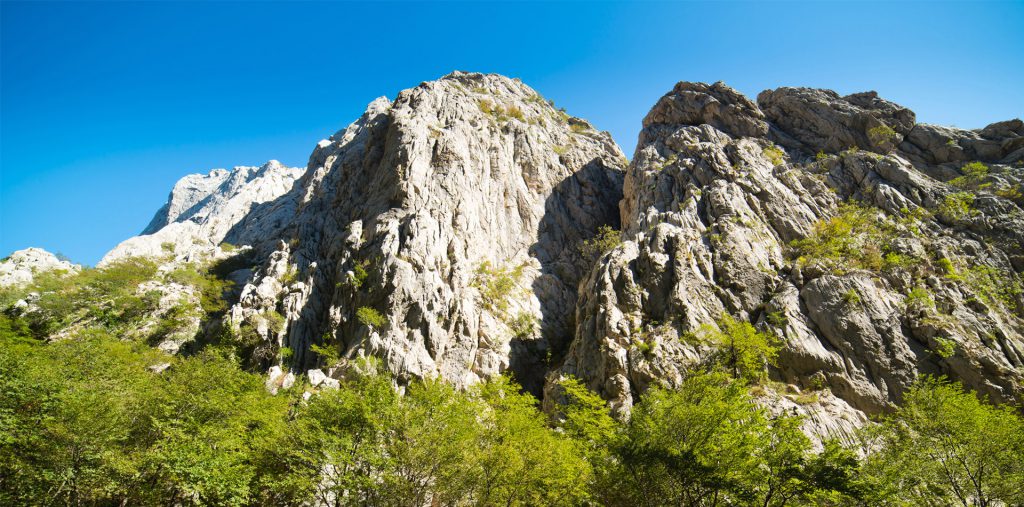
The National park Paklenica covers the area of 95 square kilometers, on the southern hills of Velebit Mountain, below the highest peaks of Vaganski vrh (1757 m) and Sveto brdo (1753 m). It includes the area of rich flows of Velika and Mala Paklenica, or rather their well-known canyons carved into the southern slopes of Velebit, and a large surrounding area. In this national park, there are several caves and pits, the most famous and the biggest being the Cave Manita, a cave above the canyon of Velika Paklenica and the pit Vodarica between the canyons of Velika and Mala Paklenica.
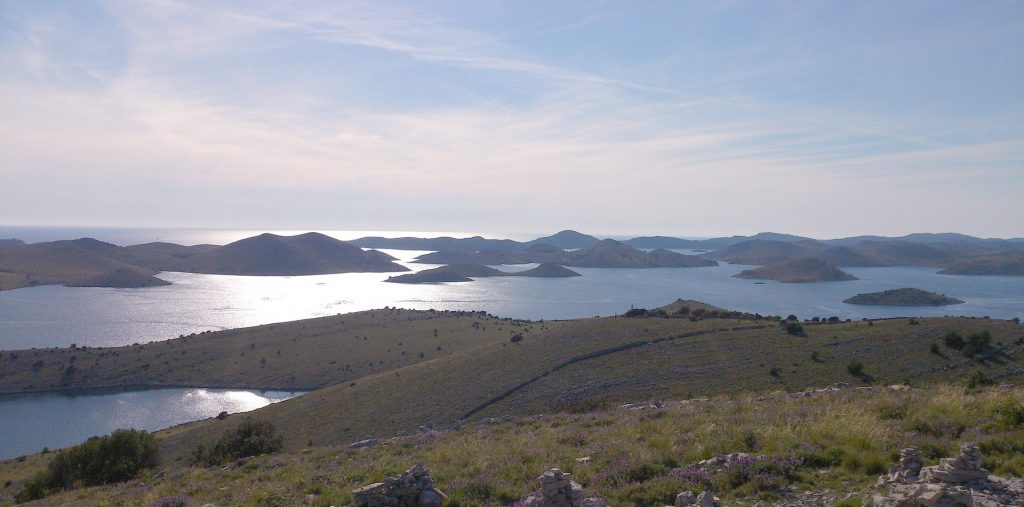
The Kornati archipelago is a separate and a unique group of islands located between Šibenik and Zadar. It covers the area of about 320 km2 and includes 150 units of land, regularly or occasionally above-sea level. This most rugged island ecosystem in the Adriatic Sea, which includes as much as 12% of all Croatian islands (1264 islands, of which 67 are populated), and only 1% of the Croatian sea surface, has been drawing attention of many boaters, divers, hikers and other lovers of nature and what nature has to offer.
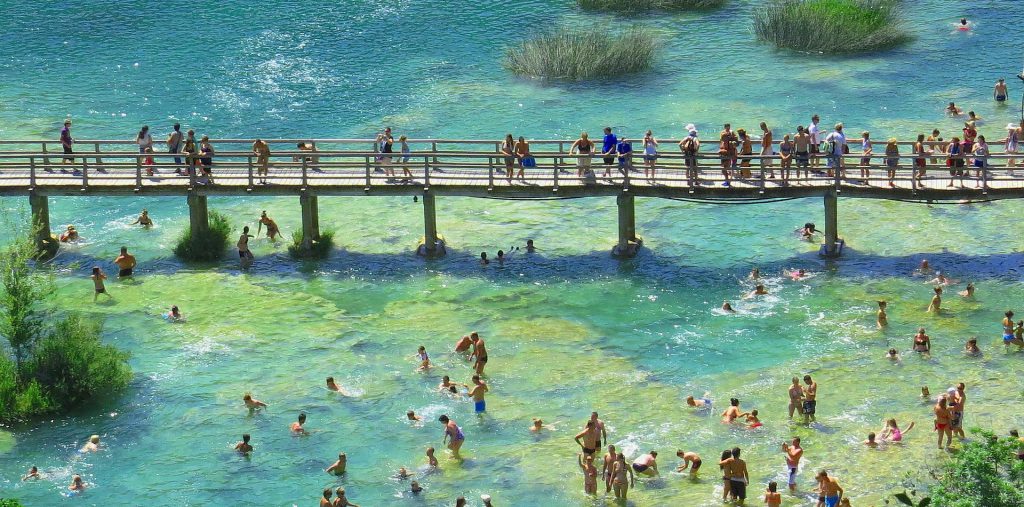
Skradinski buk, the longest waterfall on the river Krka, is one of the most famous natural beauties in Croatia. It is formed by tufa barriers, islands and lakes. It can be visited during the whole year thanks to a network of paths and bridges which enable a comfy and safe walk. On Skradinski buk there are renovated mills, rolling mills and water looms that have been using the power of waterfor centuries. The hydropower plant Jaruga under the waterfall Skradinski buk is the second oldest hydropower plant in the world and the first one in Europe. It was built on August 28th, 1895, only three days after world’s first hydropower plant on Niagara Falls.
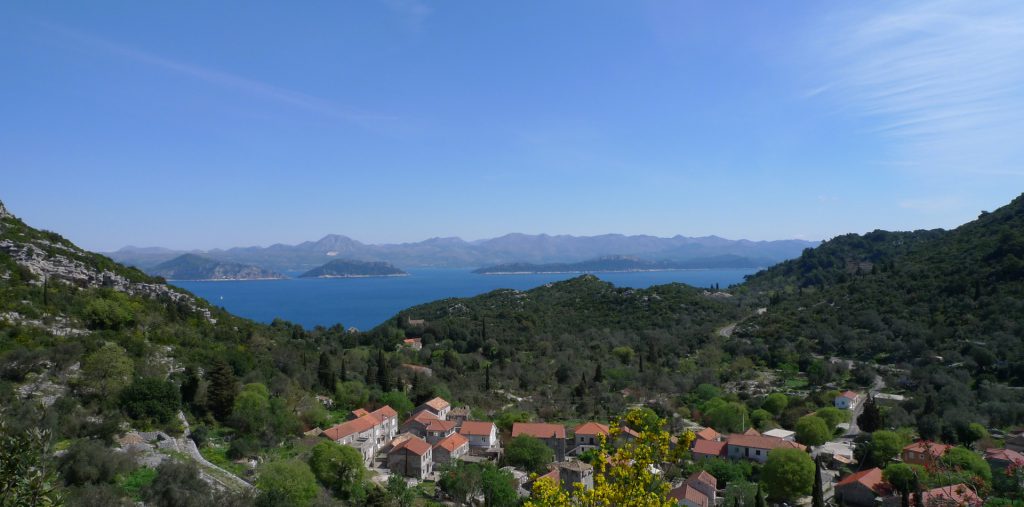
Island of Mljet is characterized by beautiful, rich, autochthone forest vegetation which could have been found all over the Mediterranean, whereas today it can rarely be found in its original state. This rich vegetation, especially in the third that is protected as the national park, is the reason why the island is called “the green island” ever since the antique times. The credits for the fact that today there are still five different types of woods go to the Benedictines who took excellent care of the island as they were for centuries its feudal lords. In fact, up until the late 18th centuries, they even forbid any inhabiting of the western part of the island, i.e. the one that today constitutes the biggest part of the national park.
Discover Croatia and all its beauties in an active way through our unique propositions that offer something for everybody – your pleasure comes first!
